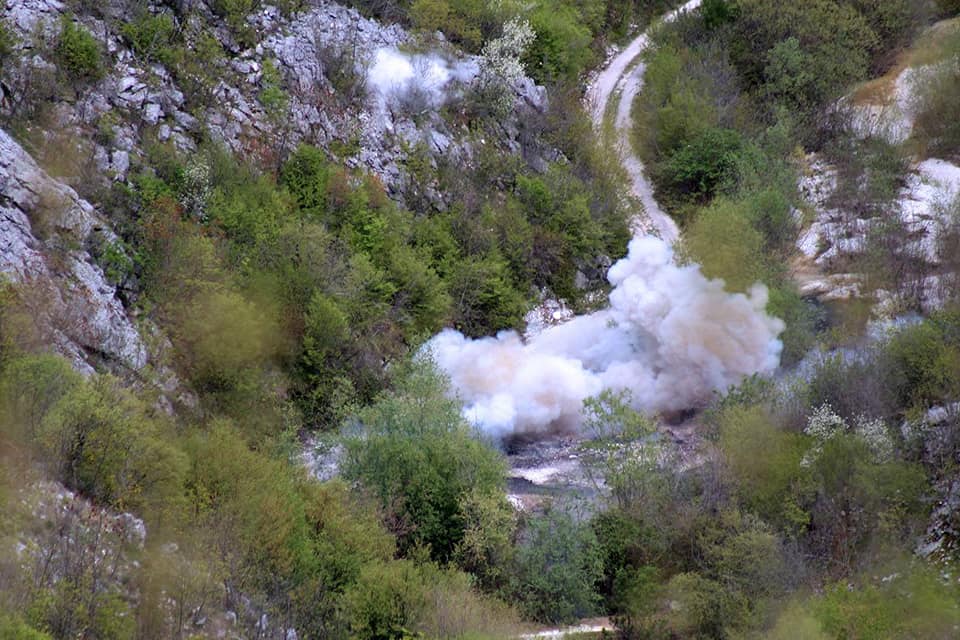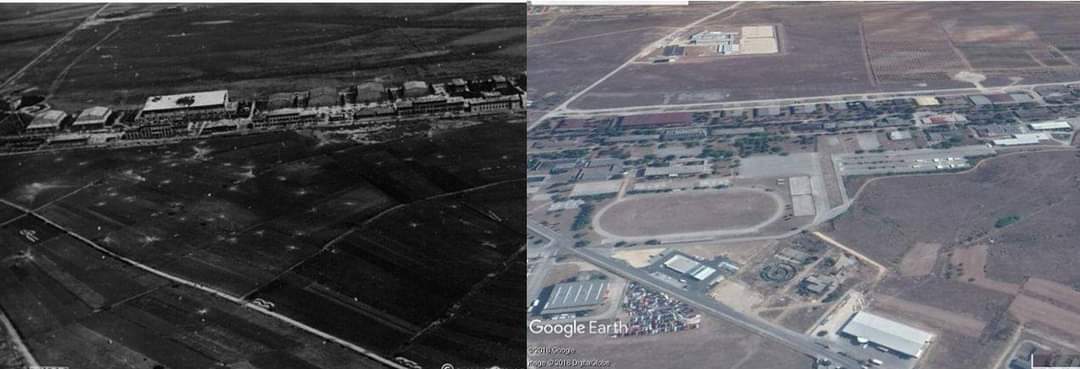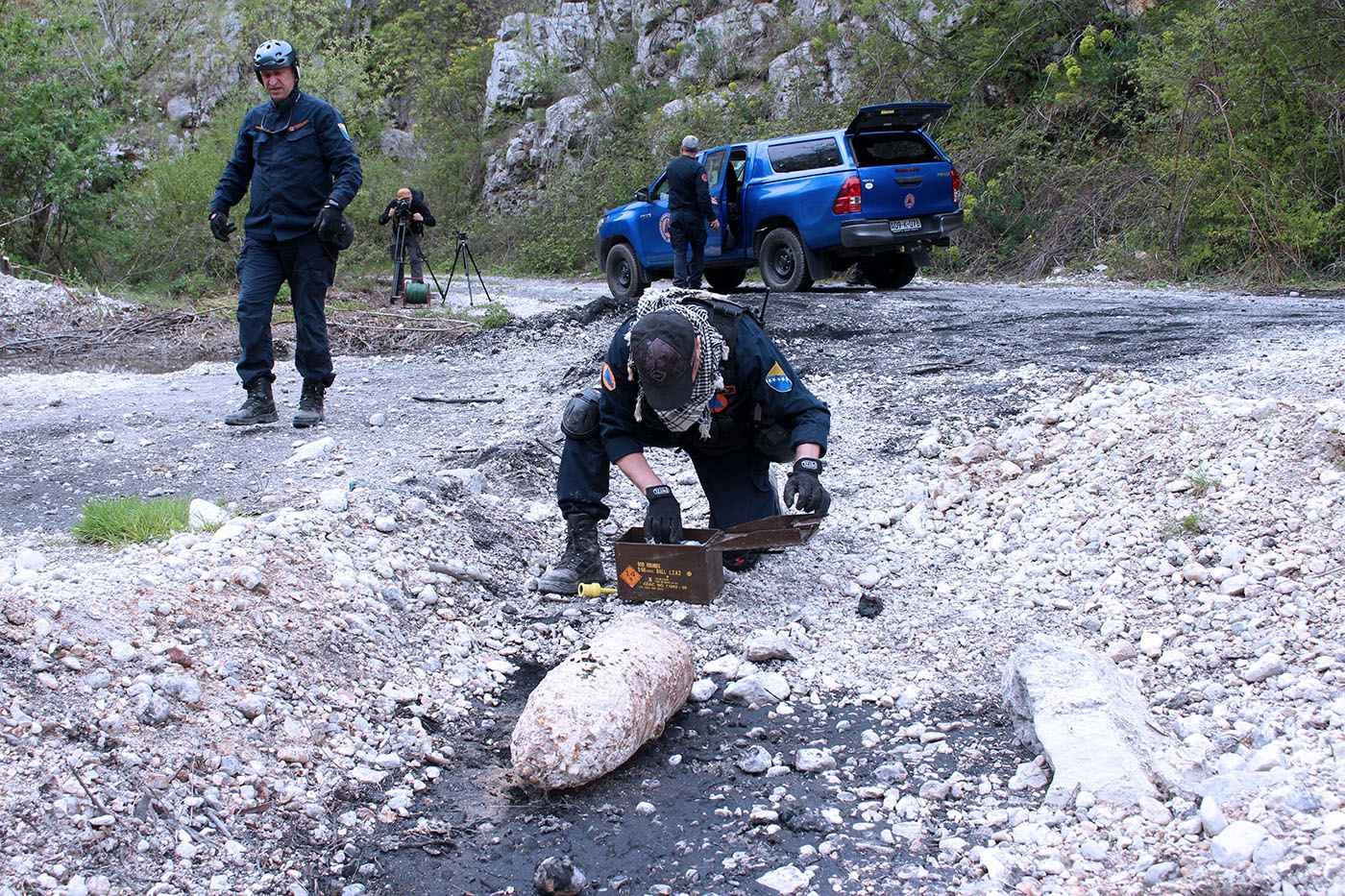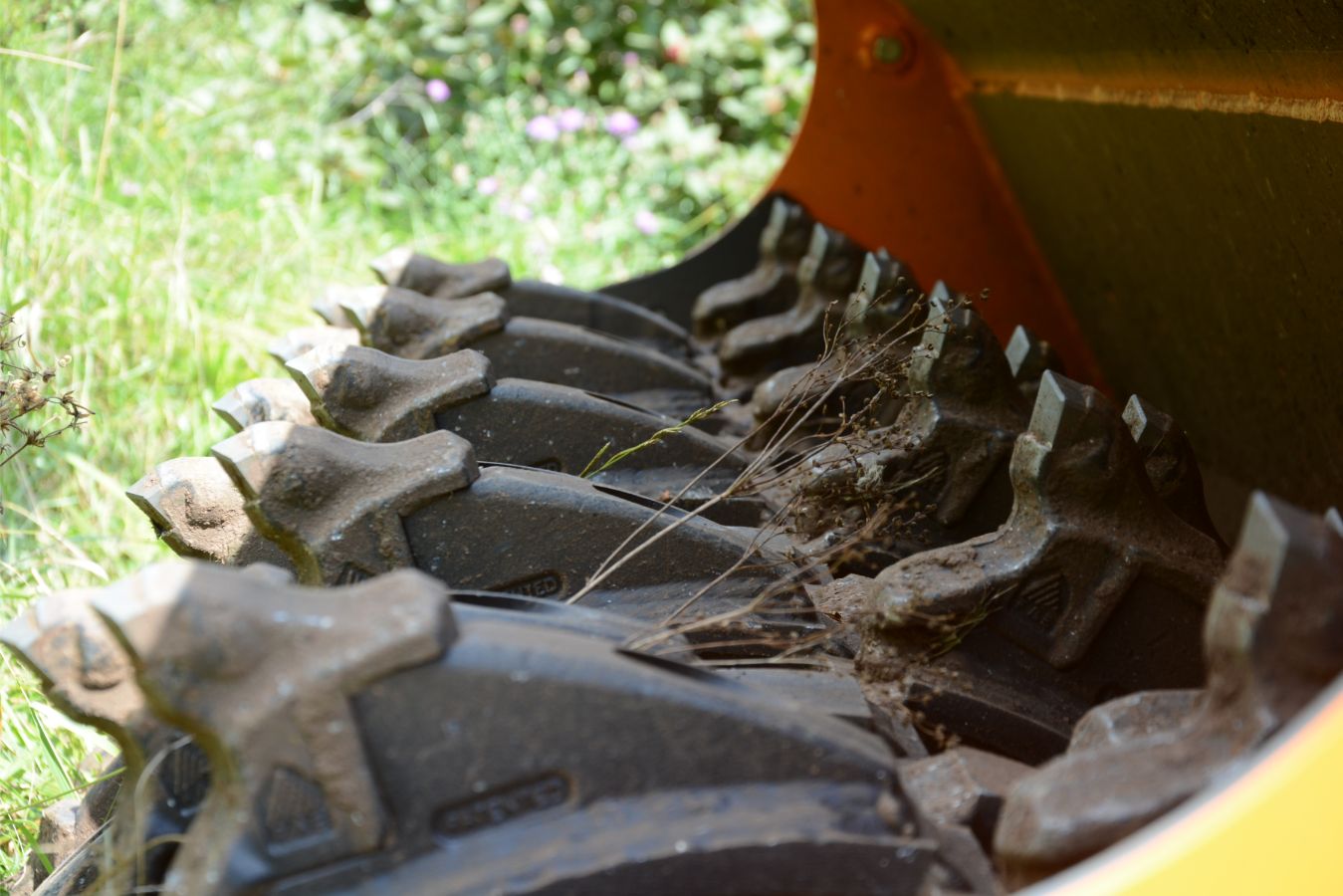Disposal Italian Bomba100M former Jesenice airfield, BIH
By Sead Vrana

In April 1941, on the former Jesenice airfield near Mostar, parts of the 7th Bomber Regiment, 102nd Fighter Squadron and Yugoslav Royal Air Force Pilot School were stationed. This location was bombed for the first time during World War II on April 6th and 7th, 1941. The attacks were carried out by the 47th Squadron of the 2nd Air Escadra and the 97th group of bombers from Lecce Airport from the 4th Air Escadra of Reggia Aeronautica (Royal Italian Air Force). In the attacks on April 6, pilot Sergeant Grujić shot down the Italian bomber Cant C.1007, which fell on the Pelješac peninsula. At the end of 1943, the Allied Air Forces carried out the first attacks on Jesenice airfield with the intention of disabling the 1st Squadron of the 12th Luftwaffe Tactical Reconnaissance Group (1. / 12 NaGr), which constantly monitored Allied movements in the Adriatic. The 65th Squadron of the USAAF carried out the first attack on November 12, 1943, then on November 29 by the 2nd Squadron of the SAAF (South African Air Force), then on December 15 by the 340th USAAF Bomber Group (where the writer of the famous novel Catch 22 Joseph Heller will serve during WWII). In 1944, the 15th Air Force USAAF bombed Jesenice 4 times, on January 8th, 14th, 15th and April 2, with B17 and B24 strategic bombers. About 800 tons of bombs were dropped on the Jesenice airport and its surroundings.

During the last ten years, a total of 16 unexploded bombs of the AN M41 type and 3 AN M64A1 type of American construction and 4 pieces of Bomba100M type of Italian construction were found and removed in the vicinity of the former Jesenice airfield. The last Italian bomb of the Bomba 100M, team was removed on April 19, 2022, 81 years after it was dropped. This bomb is SAP type, 109 kg AUW with 27,5kg NEC of TNT and amatol. It is equipped with Type N1 inertia action tail fuze only, and its purpose is demolition of the buildings and surfaces. The bomb was found during a construction excavation in the economic zone in settlement of Bišće Polje, about 400 meters south of the perimeter of the former airfield. As it was found in an area where several commercial facilities are located within a dangerous radius and in the terminal zone of Mostar's Ortiješ Airport, extensive security measures were taken, including evacuation, road traffic closure, and the establishment of a no-fly zone. After neutralizing the bomb in situ by removing the fuze, the bomb was transported to the demolition site, where it was destroyed using a low order method. To perform this task, 2 EOD teams with their medical support and the machine team of the EOD Department of the Federal Civil Protection Administration of Bosnia and Herzegovina with a total of 14 members, and the police and fire brigade from Mostar were engaged. The task lasted 5 hours.




